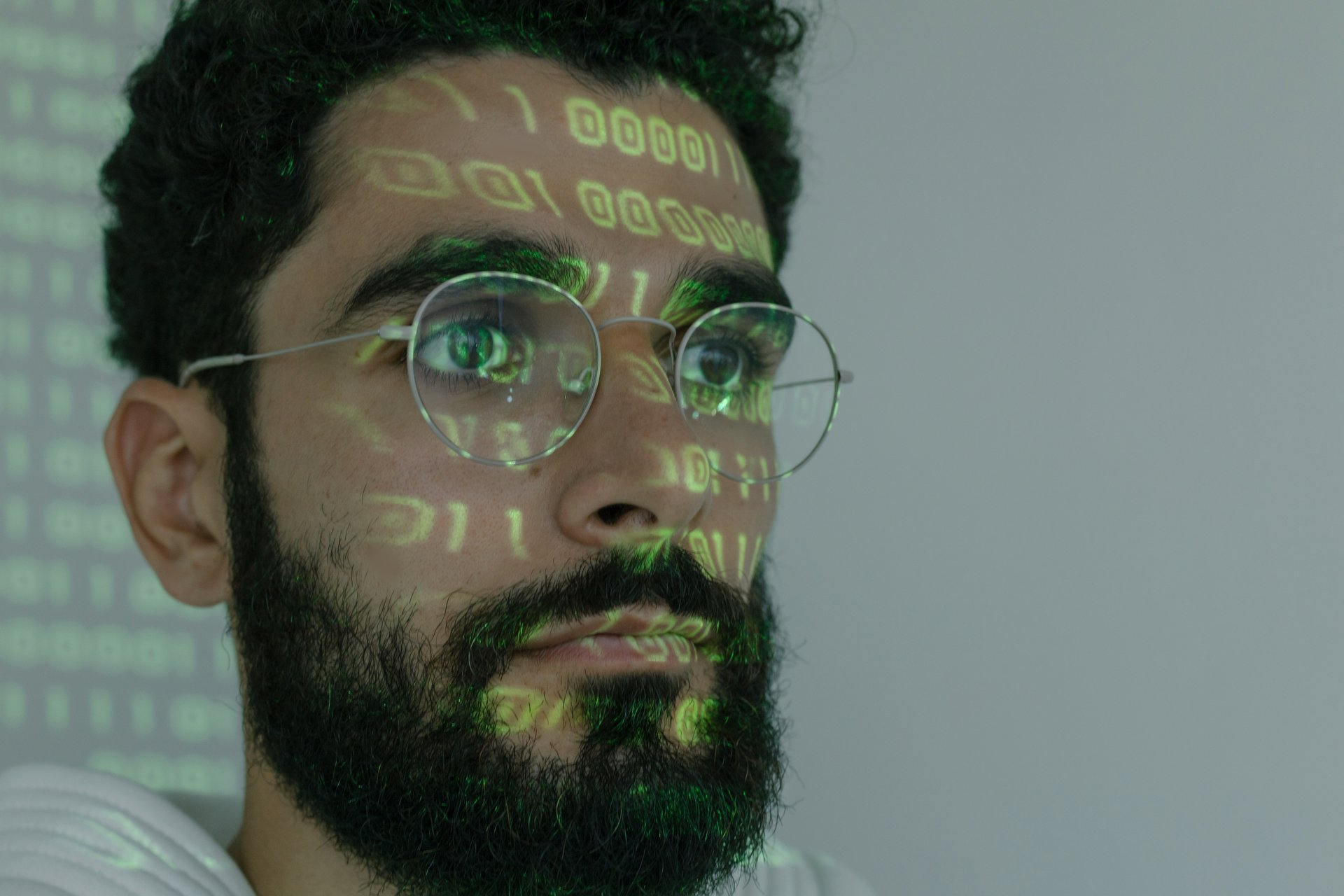 Photo by Cottonbro
Photo by Cottonbro
A recent report suggests that more individuals may have developed nearsightedness as an unexpected side effect of COVID-19. The study showed that less time spent outdoors & more time spent on close-up work, including screen time, is associated with faster progression in short-sightedness.
Tired, dry eyes develop from concentrating on laptops and tablets for extended periods of time. When using digital devices, people don’t blink as much, causing dryness, strained muscles, blurred vision, and headaches.
The good news is you can take proactive steps to help minimize the stress on your family’s eyes!
Take a break. Ophthalmologists recommend taking a 20 second break from digital devices or close-up work every 20 minutes.
Focus on posture. Good ergonomics is as important as resting the eyes. View devices about 18 to 24 inches from where you or the kids sit at eye level.
Keep devices out of the bedroom. Blue light may disrupt sleep. If you can’t part from your digital screens, switching to “night mode” helps to reduce the blue light exposure.
Get outdoors. Increasing time outside, especially in early childhood may have a protective role against the development of short-sightedness and other eye issues.
Schedule annual visits to the eye doctor. It’s important to have your vision checked at least once a year, even if you don’t show signs of eye problems. Finding and treating eye problems early on can save you and your family on their eyesight in the future.
USFHP’s TRICARE Prime plan offers benefits supporting health and wellness -- including vision. As part of our enhanced benefits program, USFHP offers comprehensive vision care with $0 to low cost eyewear. We’ve also developed incentive programs that give rewards to our members for meeting certain health goals.
Visit usfhp.net or call 1-800-241-4848 for help finding a provider or assistance scheduling an appointment.
